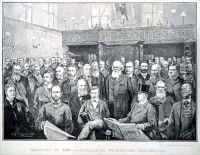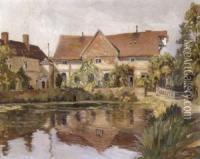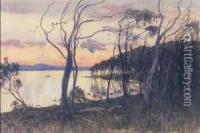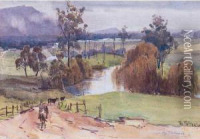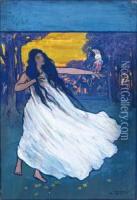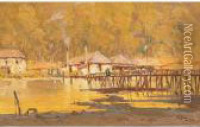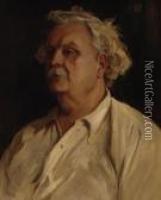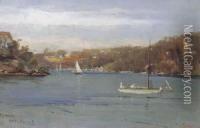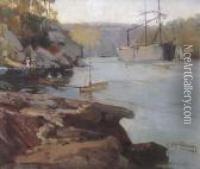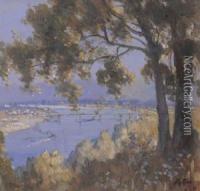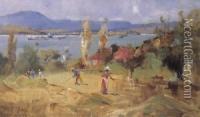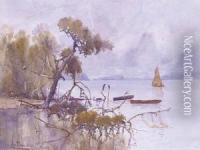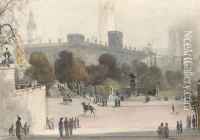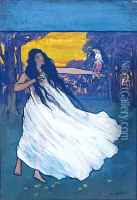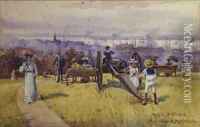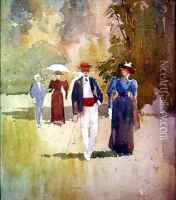Albert Henry Fullwood Paintings
Albert Henry Fullwood was an Australian artist, born on March 15, 1863, in Birmingham, England. He is well known for his watercolor paintings that capture the lush landscapes and urban scenes of Australia, as well as his work as an official war artist during World War I.
Fullwood moved to Sydney, Australia, in 1883, where he worked as a lithographer and illustrator, contributing to publications such as the 'Picturesque Atlas of Australasia'. He became an active member of the local art community, joining the Art Society of New South Wales and later becoming one of the founding members of the Australian Art Association.
His artistic career flourished as he began to explore the Australian landscape, which served as a central subject of his work. Fullwood's paintings often depicted the unique light and color of the Australian bush, earning him a reputation as a skilled landscape artist. He also captured urban scenes of Sydney and its surroundings, which provided a visual record of the city's development during the turn of the century.
When World War I broke out, Fullwood served as an official war artist with the Australian Imperial Force in France. His wartime works provide a poignant and realistic portrayal of the impact of war on the landscape and human suffering, diverging from his earlier, more serene compositions.
After the war, Fullwood continued to paint and exhibit his work. He was elected an associate of the Royal Art Society of New South Wales and became well-regarded for his contributions to Australian art. In his later years, he moved to the artists' colony in the Blue Mountains, where he produced some of his final works.
Fullwood's legacy lives on through his contributions to the visual record of Australia's history and landscape. His works are held in various public collections, including the National Gallery of Australia, the Art Gallery of New South Wales, and the Australian War Memorial. Albert Henry Fullwood passed away on October 1, 1930, in Waverley, New South Wales, leaving behind a significant body of work that continues to be celebrated in Australian art history.
